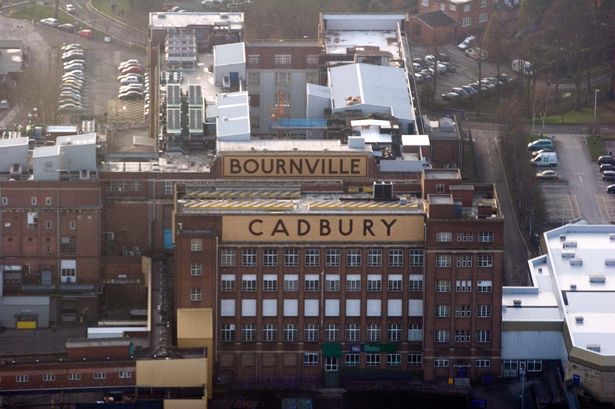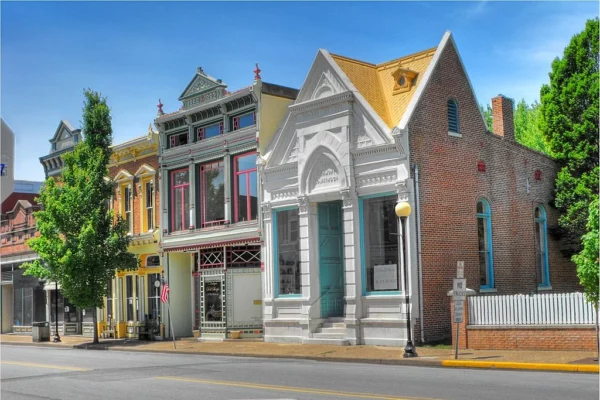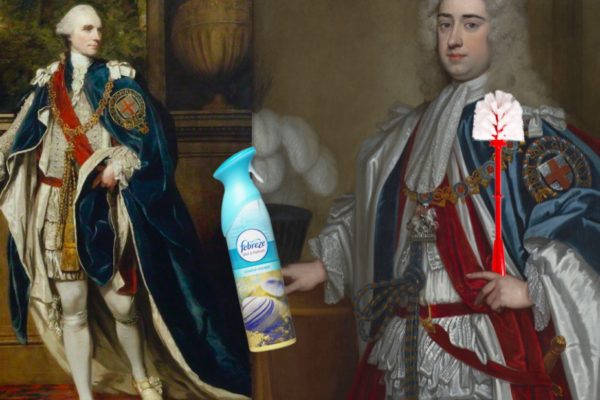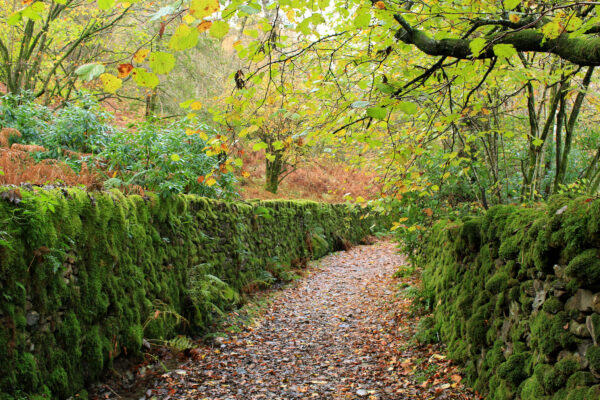
Not many picture-perfect chocolate-box towns have anything to do with chocolate. They’re simply sweet to look at. But come with me to the outskirts of Britain’s second city, Birmingham, and you’ll see a model village that wouldn’t exist if it wasn’t for chocolate. The always essential ingredient in any recipe for success. In the shadow of the fully functioning chocolate factory that inspired Willy Wonka’s fictional creations lies beautiful Bournville. With socialist principles at its heart, there’s no selective access here. It’s golden tickets galore. Consider this your triple-A tour around a sleepy little town with a world-famous factory out back. Tuck in.
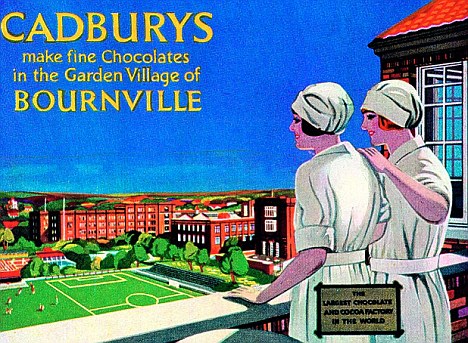
It’s the early 1800s and mega chocolate manufacturer Cadbury’s was but a mere mom and pop shop, selling tea in the middle of England. As drinking cocoa took over from tea, the family business went from the shop floor to a full-fledged factory, and even started supplying Queen Victoria with her chocolate fix. Moving onto the hard stuff, the Cadbury’s family brought out their first brand of chocolate bar in 1849, and broke the mould by manufacturing the modern Easter egg in 1875.
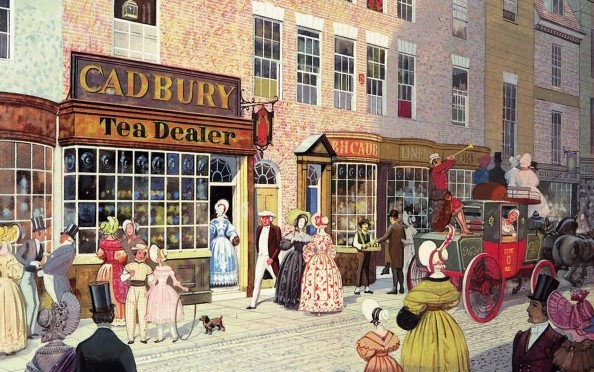
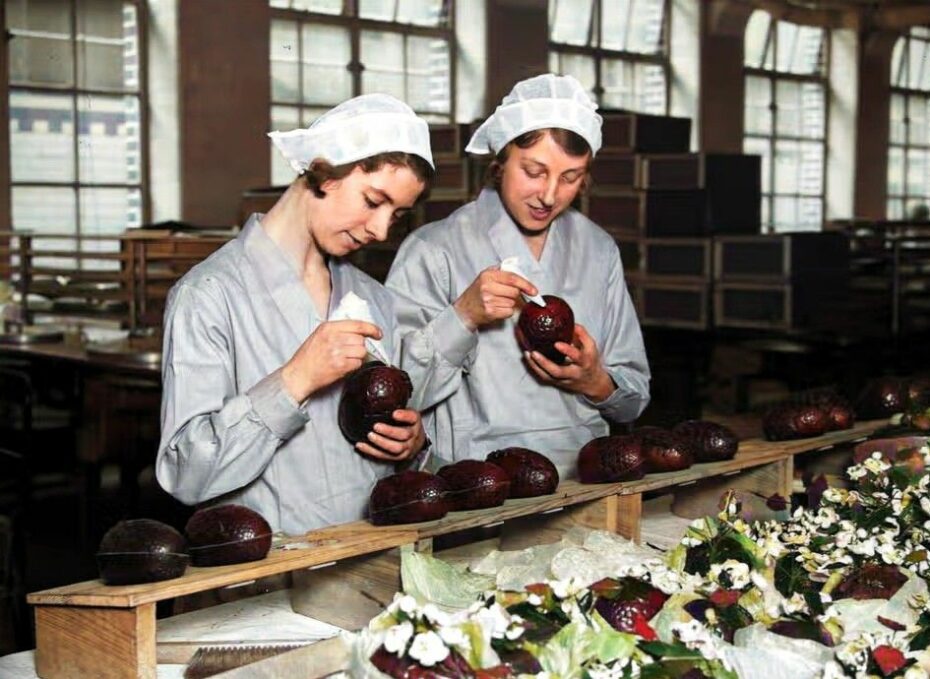
As the workforce grew, heirs to the chocolate crown Richard and George Cadbury took the reins in 1861 and made the brave, bonkers decision to close the factory in the city centre. Only to move it to the countryside, four miles outside of Birmingham. Unheard of at the time (and to some today), factories belonged in the industrial quarter, not blighting the tranquillity of the lush and leafy landscape.
Bournville village was born in 1879, and given this French sounding name to piggyback on France’s culinary kudos. Despite being in the countryside, this newly bought farmland was surprisingly well connected. With a railway, roads and a canal network on its doorsteps, it was perfect for transporting milk and delivering chocolate to Birmingham and beyond.

But the brothers weren’t just bothered about logistics. They were looking out for their workers too. The people who kept the factory pumping out its delicious produce. In their minds, if the countryside was a nice place to live and play in, why not work there too?

The ‘factory in a garden’ model was designed in the socialist spirit of ‘alleviating the evils of modern cramped living conditions’. Out of their own pocket, Richard and George Cadbury built 314 comfortable cottages, and plenty of parkland for residents to stop and smell the Roses. Bournville soon became the architectural blueprint for communal living experiments around the world, from its Arts and Crafts-style homes to the famous cricket pavilion. In 1921, Cadbury’s even replicated the Bournville model for their first international factory in Australia.
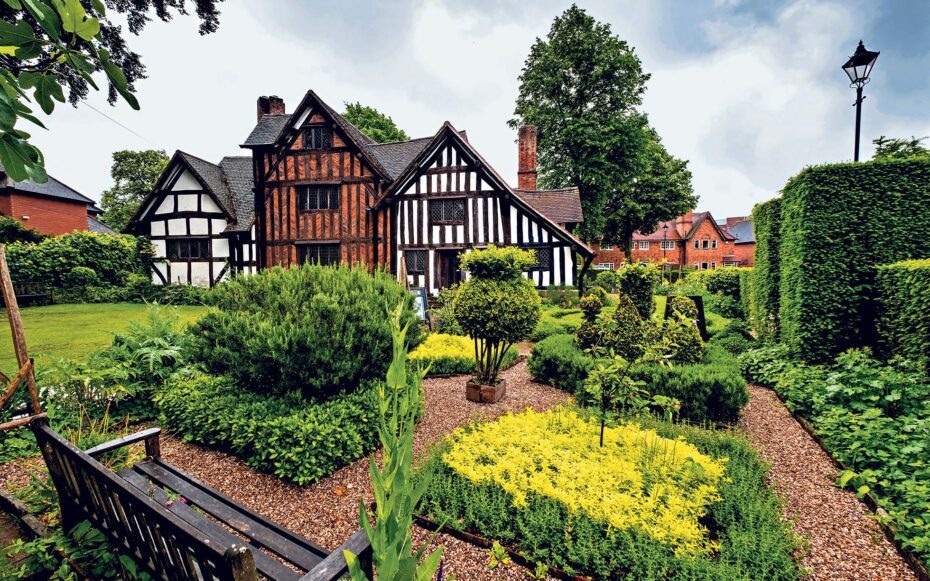
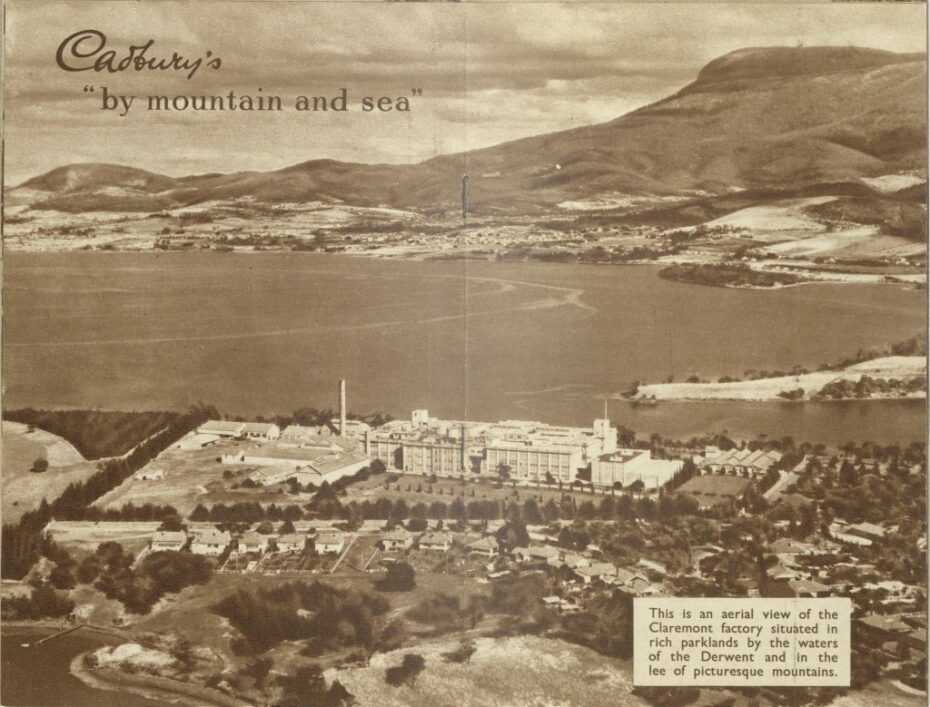
The Cadbury brothers’ pioneering practices set new standards of employee welfare, which other enlightened employers followed. This included night classes for young workers, swimming pools for all the family, summer camps, sports fields and tennis courts. All radically revolutionary concepts in the Victorian times – as were holidays. The big bosses gave workers Saturday mornings off, despite being told it would cause the downfall of their growing chocolate empire. However by 1899, the chocolate factory has trebled in size, with more than 2,600 staff. So Bournville expanded its boundaries too.
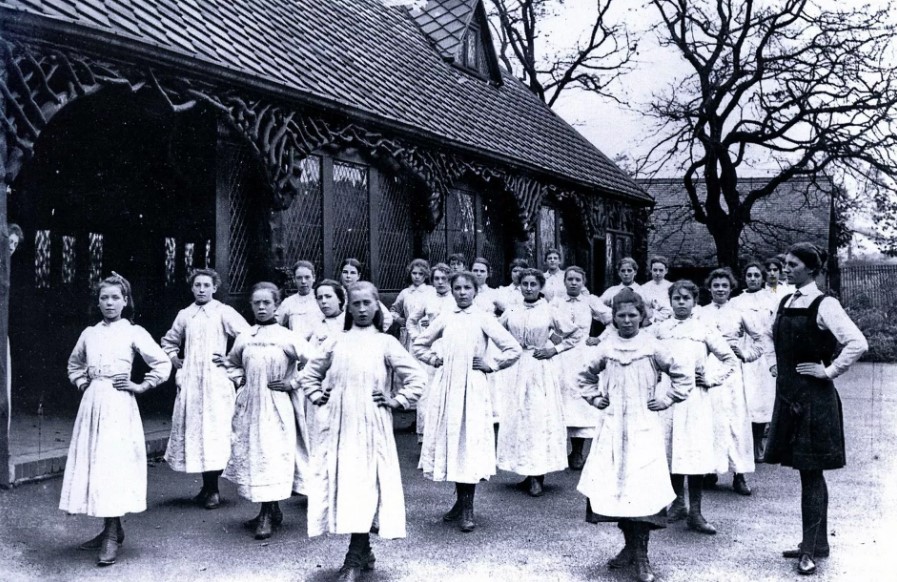
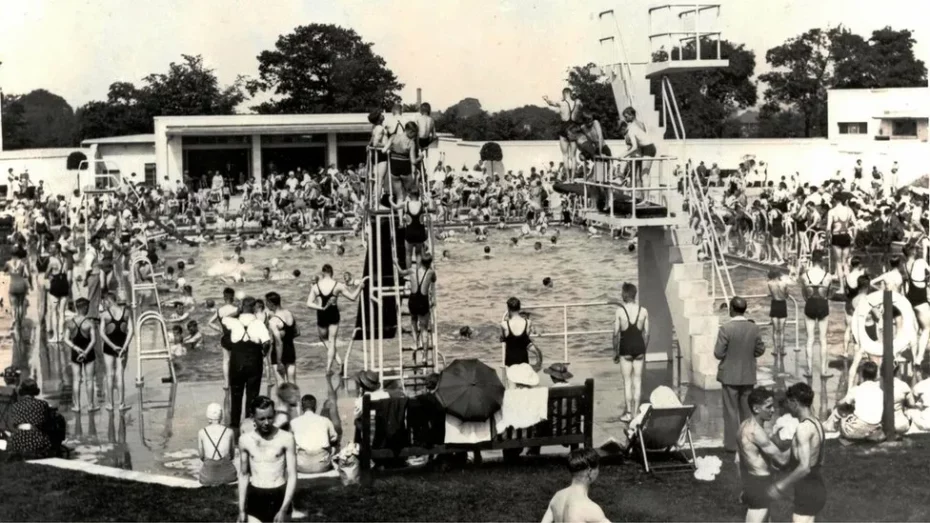
Town planners created the Bournville Village Trust – which still looks after the estate today – to make sure the locals are cared for and the area is made up of a mix of people from all different backgrounds, particularly those on low incomes. From 1900 onwards, Bournville set up its own shops, schools, allotments, and playgrounds to create a lively little community. It might not be all edible flowers and enticing chocolate rivers, but health and happiness levels were the highest around. Just like the profits from the chocolate factory.
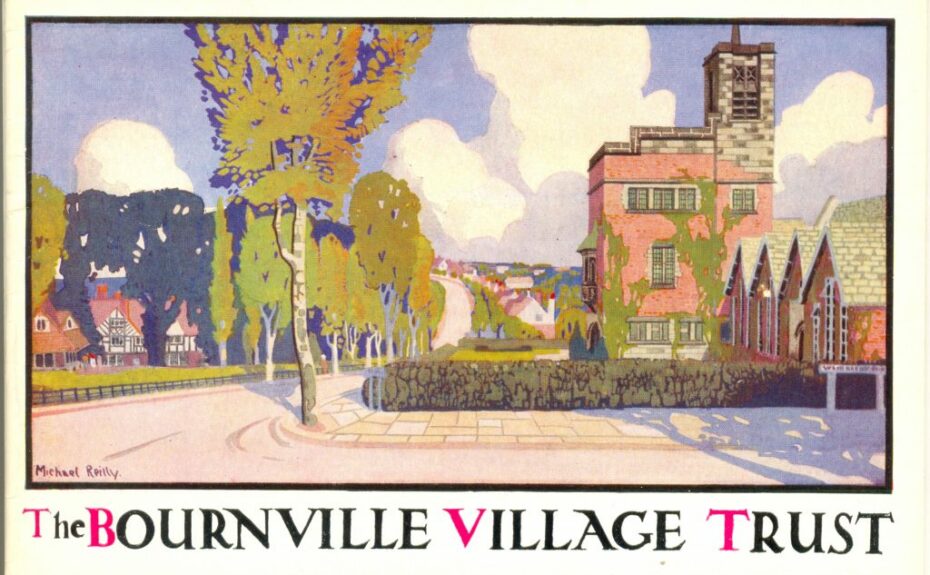
So what’s the catch? There’s a few rules – or ‘covenants’ – residents need to follow. First off, they musn’t undergo a huge home reno, so the character of the village stays uniformly picture perfect. This includes putting up any picket fences – white or otherwise. Secondly, it’s an alcohol-free neighbourhood. Historically there were no pubs on the estate, as the Cadbury family were strict Quakers. That’s why they started making chocolate the first place: to offer an alternative high to booze. Community rituals are commonplace in Bournville, such as the annual Mayflower festival which dates back to 1902. Locals still get together, sing songs and dance around a giant maypole come rain or shine.
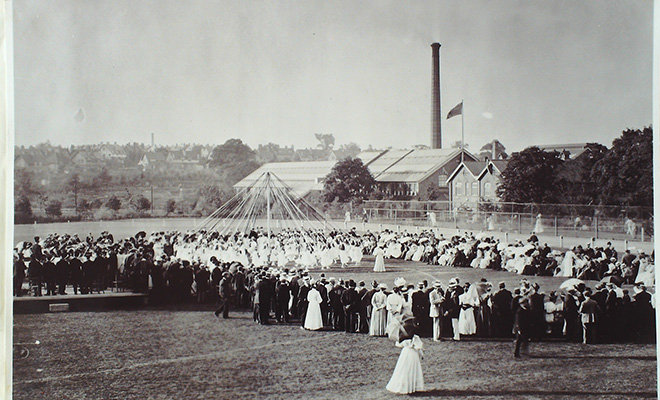
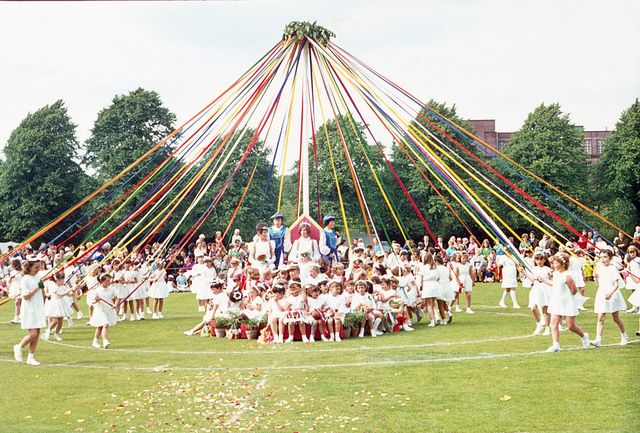
Today, over 25,000 people live in Bournville village, many of whom still work in the factory in their garden. Its been over 100 years since the first house was built. A lot can change in that time, but luckily the Cadbury family values live on in the legacy of this living experiment. Dairy Milk is pretty damn good, but beautiful Bournville is definitely Cadbury’s most marvellous creation.
